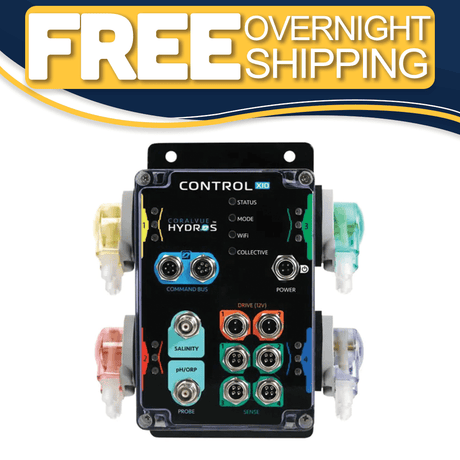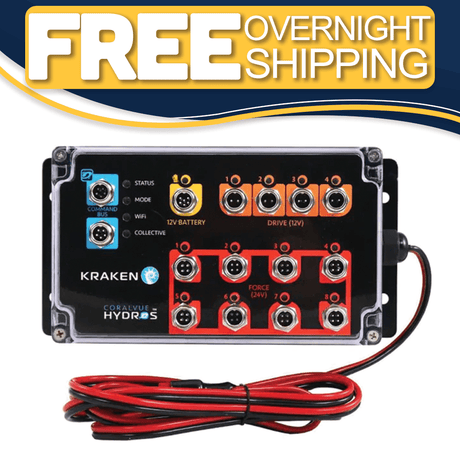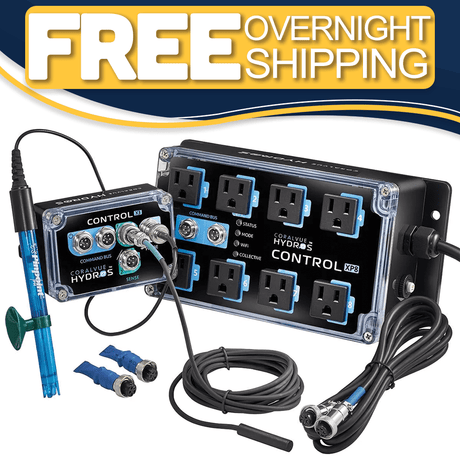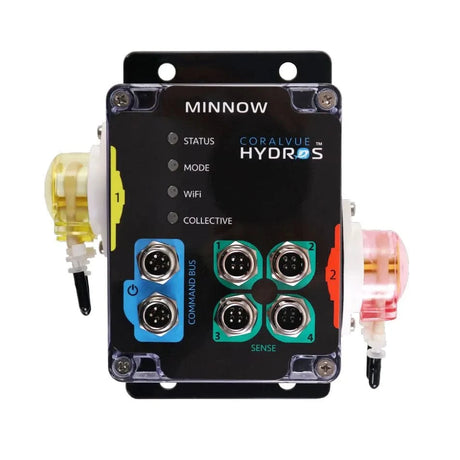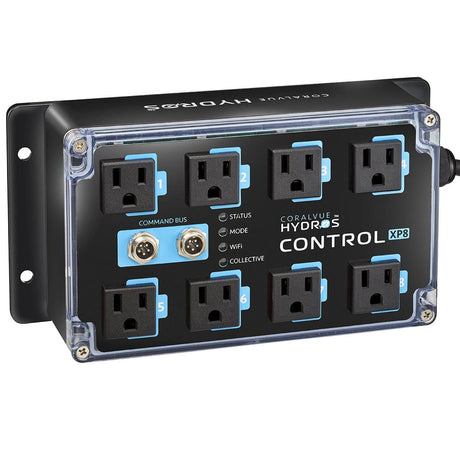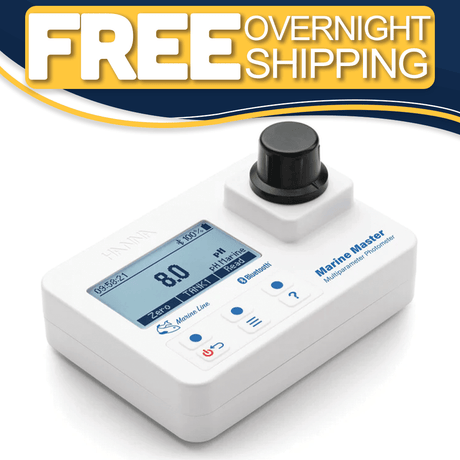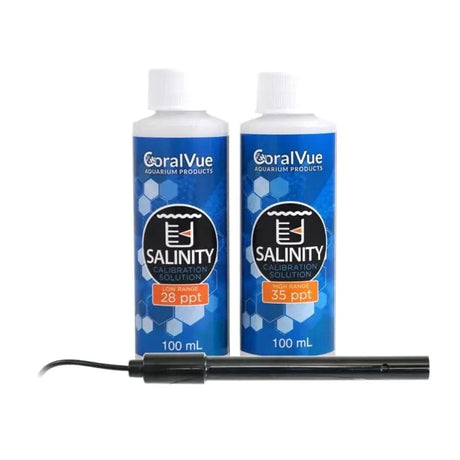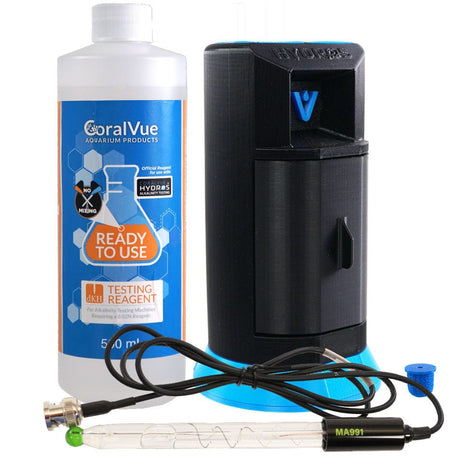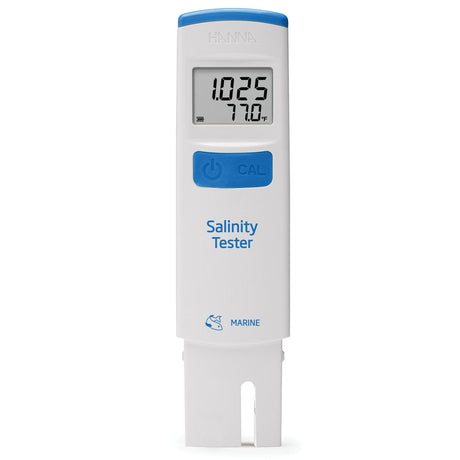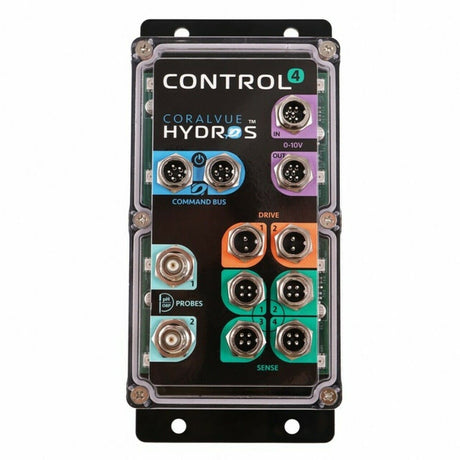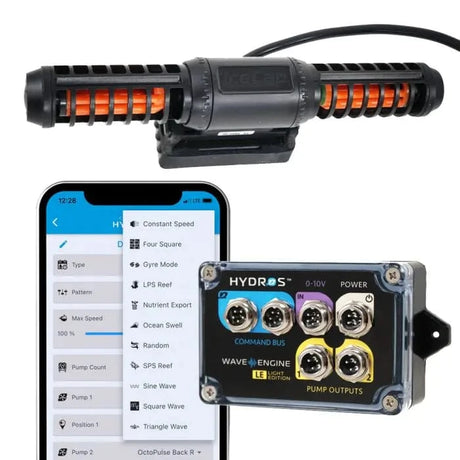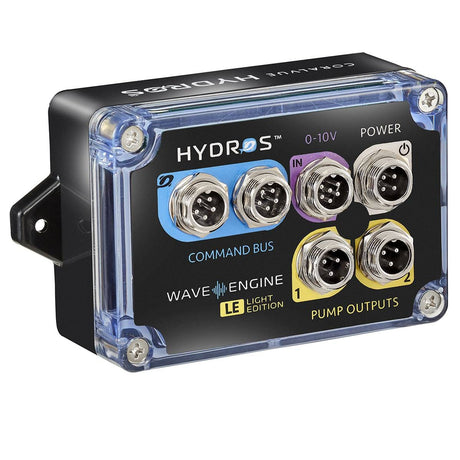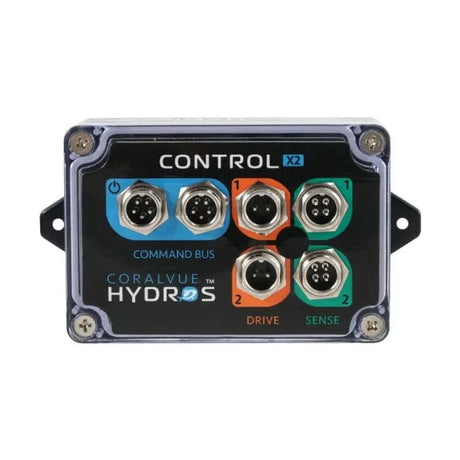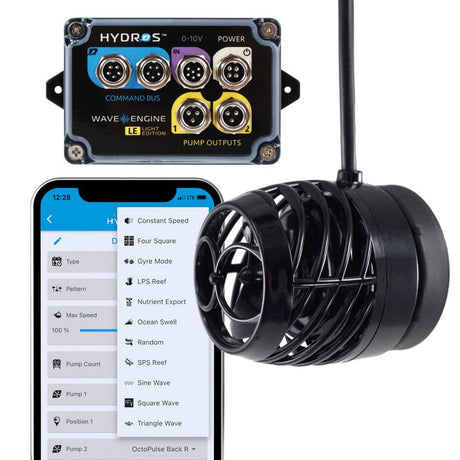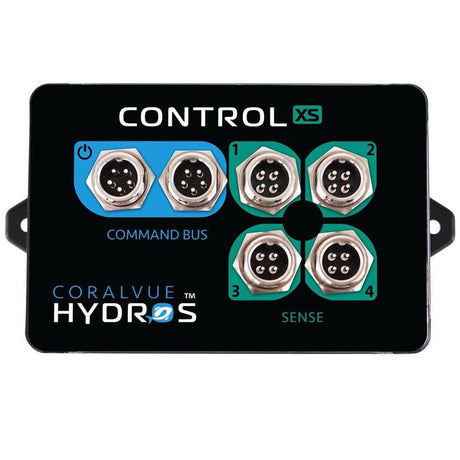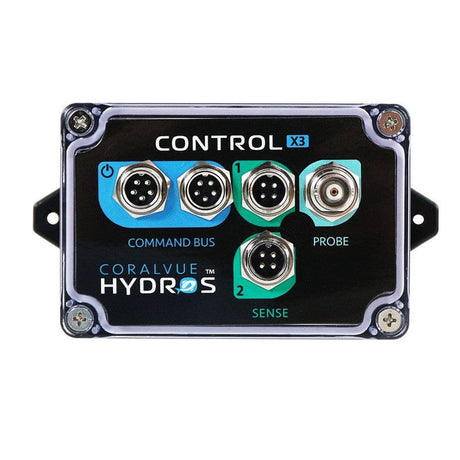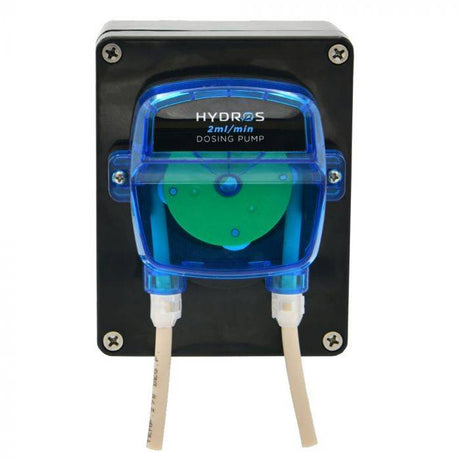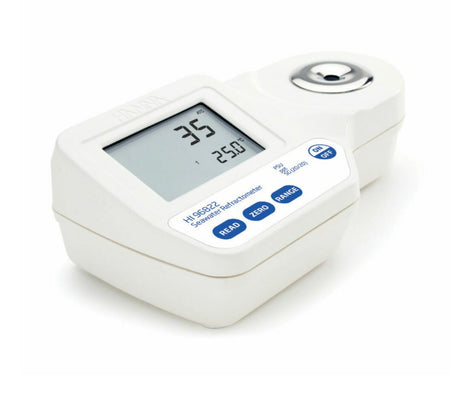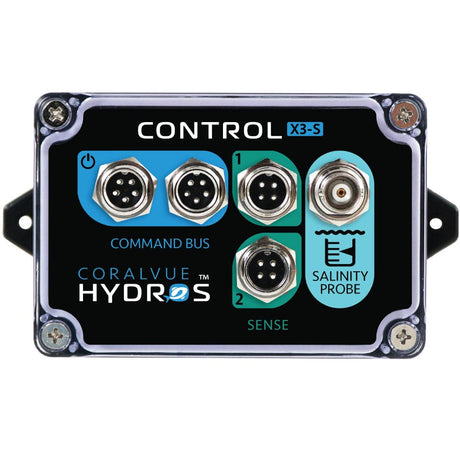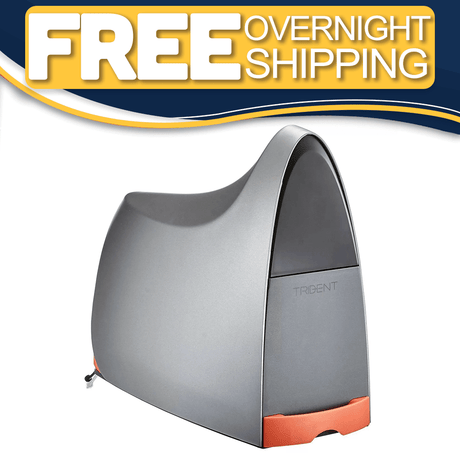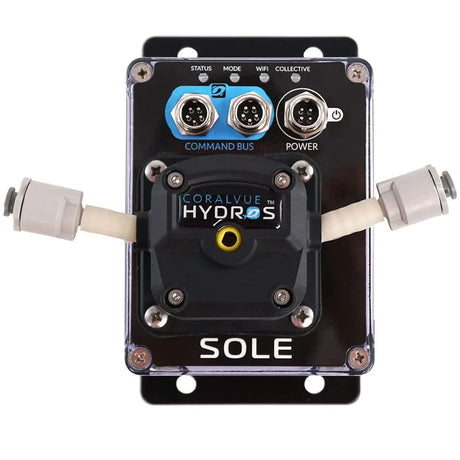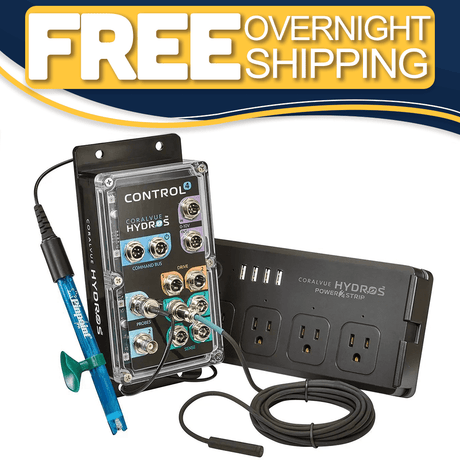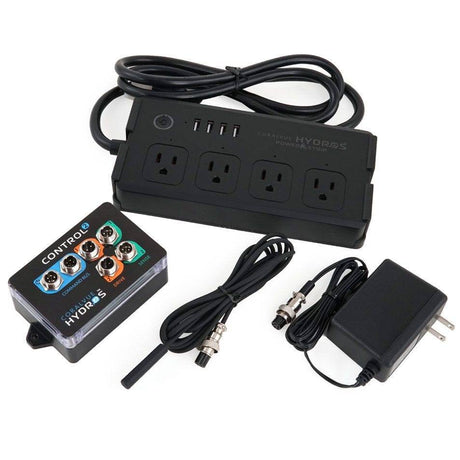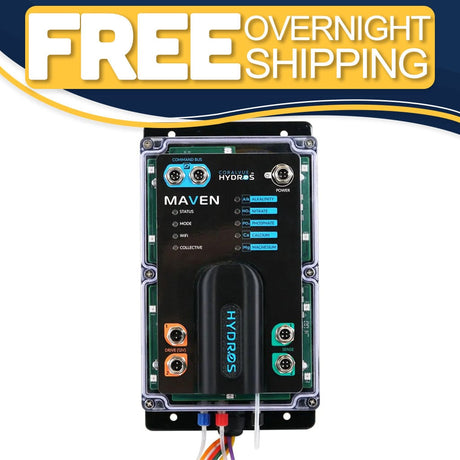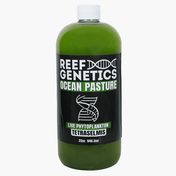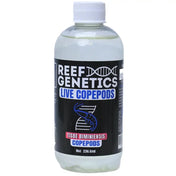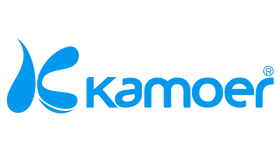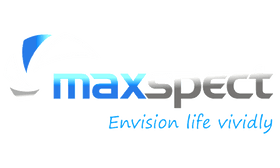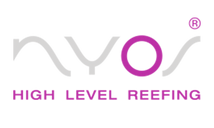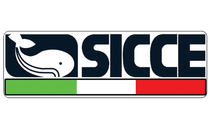HYDROS Launch Aquarium Controller - Hydros
$54999Unit price /UnavailableHydros Control X10 Aquarium Controller - Hydros
$79999Unit price /UnavailableA3 Apex Controller System - Neptune Systems
$62999Unit price /UnavailableTrident NP Nitrate & Phosphate Tester - Neptune Systems
$64999Unit price /UnavailableHydros Control X4 Aquarium Controller PRO Pack - Hydros
$70999Unit price /Unavailable- $59999Unit price /Unavailable
Hydros Control X3 Aquarium Controller PRO Pack - Hydros
$57999Unit price /UnavailableHYDROS Minnow Aquarium Controller - Hydros
$24999Unit price /UnavailableHydros Control XP8 Energy Bar Aquarium Controller - Hydros
$30099Unit price /UnavailableMarine Master Waterproof Wireless Multiparameter Photometer - Hanna Instruments
$44999Unit price /UnavailableHydros WaveEngine V2 Standard Multi Pump Controller - Hydros
$32199Unit price /Unavailable- $12499Unit price /Unavailable
Marine Salinity Tester - Hanna Instruments
$8999Unit price /UnavailableHydros Control X4 Aquarium Controller (Controller Only) - Hydros
$34999Unit price /UnavailableIceCap 2K Gyre Flow Pump With WaveEngine LE - CoralVue
$29999Unit price /UnavailableIceCap 4K Gyre Flow Pump With WaveEngine LE - CoralVue
$32999Unit price /UnavailableHydros WaveEngine LE Dual Pump Controller - Hydros
$21499Unit price /UnavailableHydros Control X2 (Controller Only) - Hydros
$17199Unit price /UnavailableHydros Control X3 Aquarium Controller Starter Pack - Hydros
$32199Unit price /UnavailableOcto Pulse 2 Flow Pump with WaveEngine LE Controller - Reef Octopus
$32999Unit price /UnavailableHydros Control XS Starter Kit - Hydros
$21499Unit price /UnavailableA3 Apex Jr Controller System - Neptune Systems
$29995Unit price /UnavailableHydros Control XD Aquarium Controller - Hydros
$21499Unit price /UnavailableMarine Monitor (pH/Salinity/Temperature) - Hanna Instruments
$29999Unit price /UnavailableHydros Control XS - Controller Only - Hydros
$17199Unit price /UnavailableControl X3 (Controller Only) - Hydros
$21499Unit price /Unavailable- $7799Unit price /Unavailable
ADJ POW-R Bar RACK USB Rackmount Power Supply
$6999$7999Unit price /UnavailableHydros Control X3 Aquarium Monitor Pack - Hydros
$32199Unit price /UnavailableDigital Refractometer for Seawater Analysis - HI96822 - Hanna Instruments
$22999Unit price /UnavailableControl X3-S (Controller Only) - Hydros
$22499Unit price /UnavailableA3 Apex Pro Controller System - Neptune Systems
$94599Unit price /UnavailableTrident - Marine Aquarium Water Analyzer - Neptune Systems
$67499Unit price /Unavailable- $29999Unit price /Unavailable
Hydros Control X4 Starter Pack - Aquarium Controller System - Hydros
$44999Unit price /UnavailableHydros Control X2 Aquarium Controller Starter Pack - Hydros
$21499Unit price /UnavailableKH Carer Automatic Alkalinity Testing Device - Kamoer
$59999$79999Unit price /Unavailable
Hydros Control X10 Aquarium Controller - Open Box - Hydros
$63999$79999Unit price /Unavailable
Hydros Control XP8 Energy Bar Aquarium Controller - Open Box - Hydros
$27089$30099Unit price /Unavailable
Hydros WaveEngine LE Dual Pump Controller - Open Box - Hydros
$17414$21499Unit price /UnavailableHydros Maven - Automatic Water Tester
$1,19999Unit price /Unavailable
Aquarium Controller Top Picks
Aquarium Controllers FAQs
What does an aquarium controller actually do?
What does an aquarium controller actually do?
Which controller is better — Hydros or Neptune?
Which controller is better — Hydros or Neptune?
Can I start with a basic controller and expand later?
Can I start with a basic controller and expand later?
Do I need a controller for a beginner reef tank?
Do I need a controller for a beginner reef tank?
How often should I calibrate the probes?
How often should I calibrate the probes?

